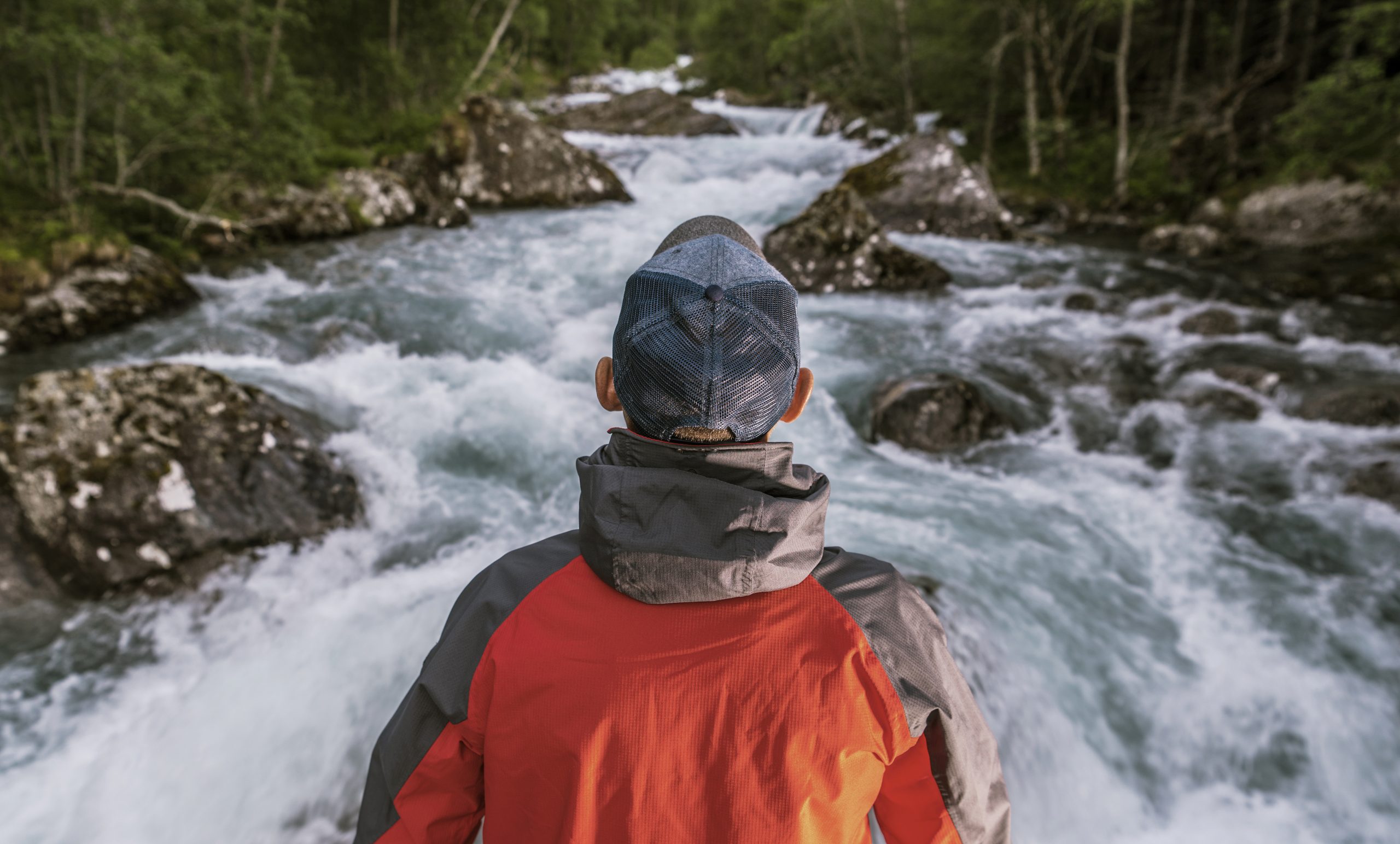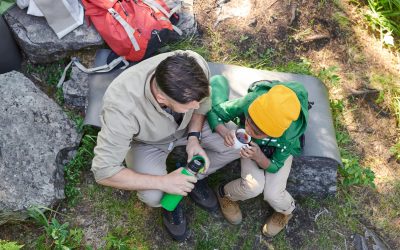Few experiences rival the serenity of gliding across a tranquil lake or the thrill of conquering a wild river. Exploring wilderness waters offers a unique perspective on nature, but it comes with its own set of challenges and considerations. In this guide, we’ll share essential tips for safe and enjoyable river and lake exploration.
1. Know Your Skill Level
Before setting out on a water adventure, assess your skill level. Are you an experienced paddler or a novice? Your experience level will influence the type of water body you should choose and the challenges you’re ready to tackle.
2. Choose the Right Craft
Select an appropriate watercraft for your journey. Canoes, kayaks, and paddleboards are popular choices for calm lakes, while whitewater rafts and kayaks are suited for rivers with rapids. Ensure your equipment is in good condition and suitable for the water conditions.
3. Understand Water Conditions
Familiarize yourself with the specific water body’s conditions. Research the river’s flow rate, depth, and potential hazards. Lakes can vary in size and depth, so it’s essential to know what to expect.
4. Safety Gear is Non-Negotiable
Always wear a properly fitted life jacket, regardless of your swimming abilities. Carry essential safety gear, including a whistle, a throw rope, and a first-aid kit. In cold conditions, wear appropriate thermal protection.
5. Learn Paddling Techniques
If you’re new to paddling, take the time to learn basic techniques and strokes. Knowing how to maneuver your craft and navigate currents is vital for safety and enjoyment.
6. Plan Your Route
Plan your route in advance and share it with someone who knows your whereabouts and when you plan to return. Stick to your planned route, and avoid spontaneous changes that could lead to confusion or getting lost.
7. Respect Wildlife and Nature
Observe wildlife from a respectful distance, and avoid disturbing their habitats. Dispose of trash properly and follow Leave No Trace principles.
8. Weather Awareness
Stay informed about the weather conditions, as sudden changes can affect water bodies significantly. Be prepared to postpone or cancel your trip if adverse weather is expected.
9. Stay Hydrated and Nourished
Pack an adequate supply of water and snacks to stay hydrated and energized during your journey. Dehydration and fatigue can impact your decision-making abilities.
10. Emergency Preparedness
Know how to respond to emergencies, including capsizing or getting stuck. Carry a waterproof map, a compass, and a communication device, such as a waterproof phone case or a two-way radio.
Conclusion
Exploring rivers and lakes in the wilderness can be a remarkable adventure, offering a unique connection with nature. However, it’s essential to prioritize safety and preparedness to ensure a positive experience. By following these essential tips and staying mindful of your surroundings, you’ll be well-equipped to navigate wilderness waters safely and enjoy the beauty they have to offer.
So, grab your paddle, embark on your water adventure, and let the wilderness waters be your playground, all while ensuring your safety and the preservation of these pristine environments.





0 Comments